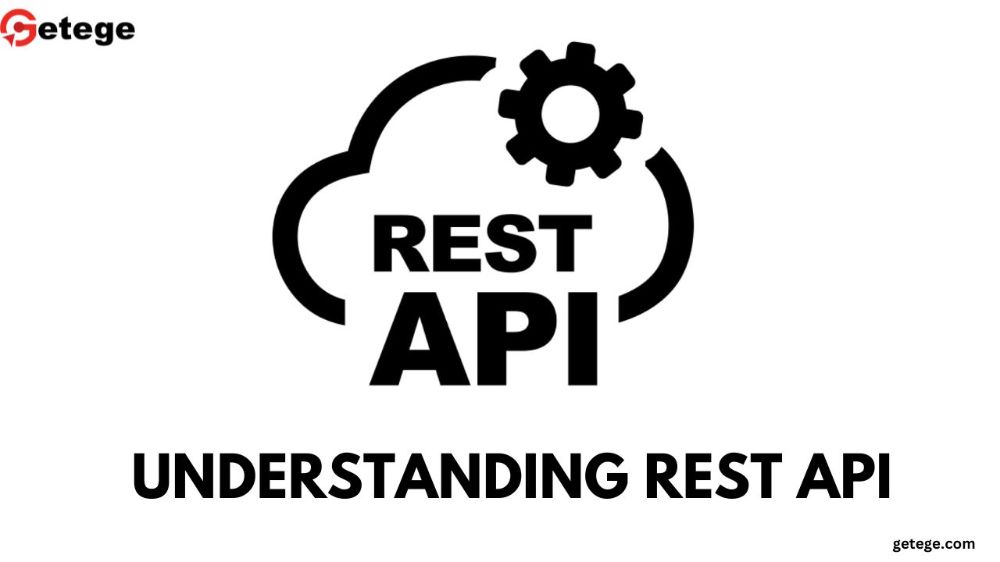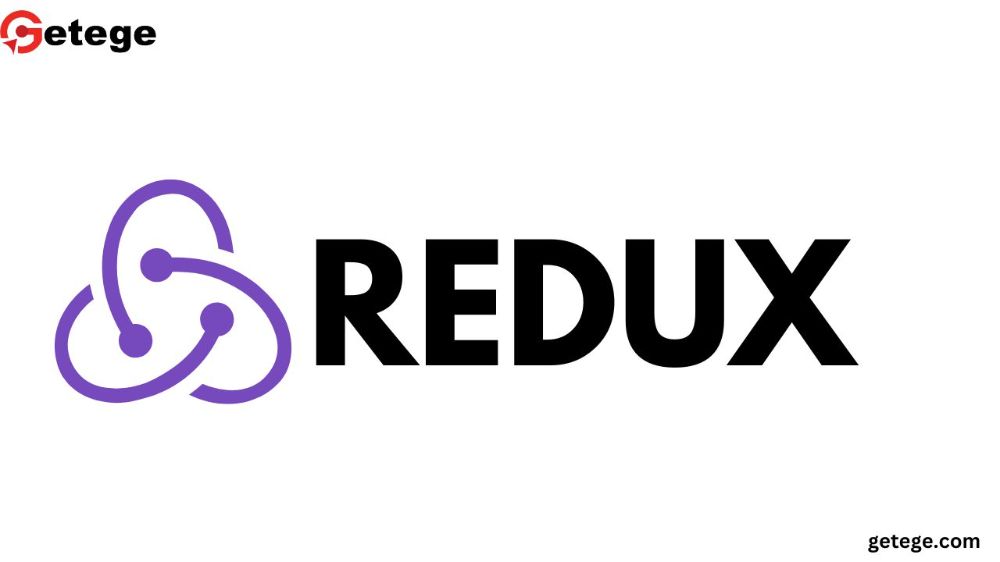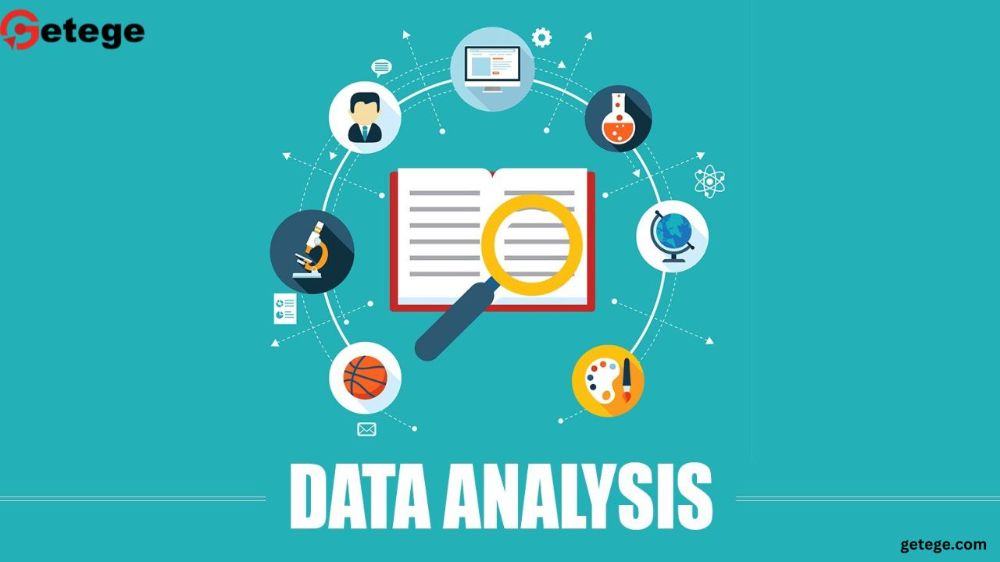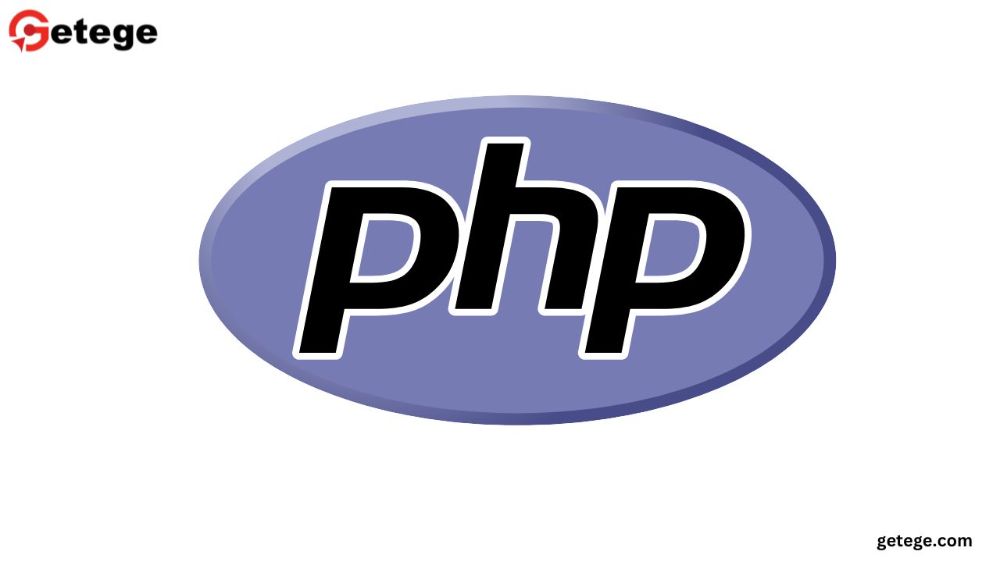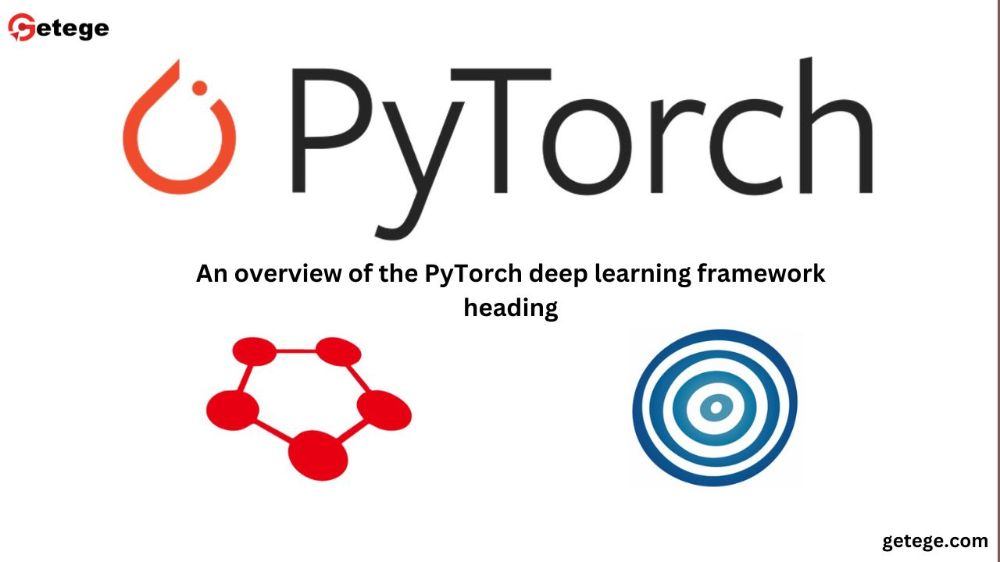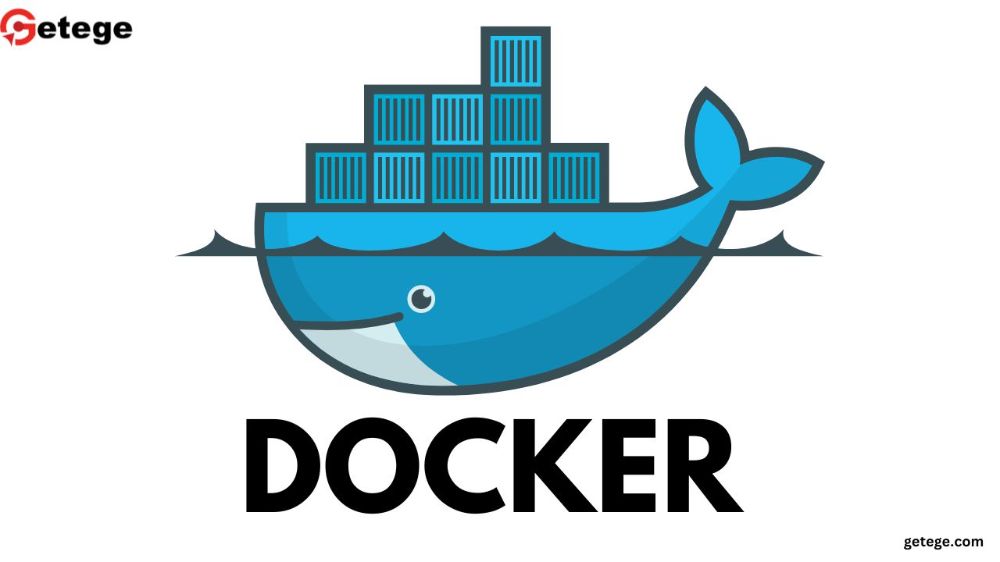Supercharging Big Data with Apache Spark: The Ultimate Guide to Fast Data Processing
Apache Spark is a powerful, open-source framework designed for large-scale data processing. Developed by the Apache Software Foundation, Spark is known for its speed and versatility, allowing it to process large datasets across distributed computing environments. It is widely used in big data analytics, machine learning, and data engineering, making it a go-to tool for organizations dealing with massive amounts of data. Unlike traditional data processing tools, which often suffer from inefficiencies when handling large datasets, Apache Spark excels by distributing data across clusters, ensuring faster computations and scalability.
History and Evolution of Apache Spark
Apache Spark was first developed in 2009 at UC Berkeley’s AMPLab by Matei Zaharia, and it became an Apache Top-Level Project in 2014. The goal was to address the limitations of Hadoop’s MapReduce framework, which required reading and writing data to disk between jobs, slowing down the process.
Spark’s in-memory computing model was a game-changer, allowing it to process data much faster than Hadoop MapReduce. Over time, Spark evolved to include components for machine learning (MLlib), stream processing (Spark Streaming), graph processing (GraphX), and SQL-like queries (Spark SQL), making it a comprehensive tool for big data processing.
Core Features of Apache Spark
Apache Spark stands out due to several key features that make it an attractive option for big data processing:
Speed: Spark performs in-memory computations, which significantly speeds up data processing compared to disk-based systems like Hadoop.
Ease of Use: It supports popular programming languages such as Python (PySpark), Java, Scala, and R, making it accessible to a wide range of developers.
Unified Engine: Spark offers a unified engine that handles both batch and streaming data, enabling real-time data processing.
Scalability: Spark is designed to scale easily, whether you’re running it on a single machine or across a massive cluster with thousands of nodes.
Advanced Analytics: With built-in libraries for machine learning, graph computation, and SQL-like queries, Spark provides a comprehensive suite of tools for advanced analytics.
Apache Spark Architecture
At its core, Apache Spark is built around a master-slave architecture.
Driver: The driver program runs the main Spark application and coordinates the execution of tasks. It sends the tasks to the executor nodes and manages the flow of data.
Cluster Manager: This component is responsible for managing the cluster resources. Spark supports various cluster managers, including YARN, Apache Mesos, and its own standalone cluster manager.
Workers/Executors: These are the nodes in the cluster that perform the actual computations. The executors run tasks and return results to the driver.
Resilient Distributed Datasets (RDDs): They are fault-tolerant, distributed collections of data that can be processed in parallel. RDDs can be cached in memory, which helps in optimizing iterative computations.
Spark’s architecture allows for parallel processing of data across a distributed cluster, making it incredibly efficient at handling large-scale computations.
Components of the Apache Spark Ecosystem
Apache Spark has several core components that extend its functionality and make it versatile for different types of data processing:
Spark Core: It handles basic functionalities like memory management, fault recovery, job scheduling, and interacting with storage systems such as HDFS or S3.
Spark SQL: Spark SQL enables querying structured and semi-structured data using SQL syntax. It supports integration with traditional databases, and its DataFrame API allows for easier data manipulation.
Spark Streaming: This component enables real-time processing of data streams, allowing Spark to handle continuous data flows, such as log processing, live sensor data, or event tracking.
MLlib (Machine Learning Library): MLlib is Spark’s built-in machine learning library. It offers a range of algorithms for classification, regression, clustering, and collaborative filtering, along with tools for feature extraction and model evaluation.
GraphX: This is Spark’s API for graph processing and analysis. It allows for the processing of graphs and graph-parallel computations, which is useful for applications like social network analysis or recommendation systems.
SparkR: SparkR is an R package that allows R users to leverage the power of Spark’s distributed computing capabilities. It enables large-scale data analysis and machine learning in R using Spark’s APIs.
How Does Apache Spark Work?
Apache Spark operates on the concept of distributed data processing.
Data is loaded from various sources such as Hadoop Distributed File System (HDFS), Amazon S3, or local storage.
Spark breaks the data into smaller chunks, distributing these chunks across the cluster’s worker nodes.
Parallel processing begins, where Spark’s driver program assigns tasks to the worker nodes. Each worker node processes its portion of the data in parallel.
In-memory computations are performed whenever possible, reducing the need for slow disk I/O operations. This is what gives Spark its speed advantage.
The results from the worker nodes are collected and aggregated by the driver program, which then presents the final output.
By distributing the data and computations across multiple nodes, Spark can process large datasets more quickly than traditional systems that rely on serial processing.
Advantages of Apache Spark
Apache Spark offers several advantages, making it one of the leading frameworks for big data processing:
Speed: Spark’s in-memory computing model enables lightning-fast processing compared to disk-based systems like Hadoop MapReduce. For some operations, Spark is up to 100 times faster.
Unified Platform: Unlike many systems that handle either batch processing or stream processing, Spark can manage both types, making it highly versatile for different data workflows.
Rich Ecosystem: With built-in libraries for SQL, machine learning, and graph processing, Spark provides a robust environment for advanced analytics.
Scalability: Whether you are processing data on a single server or a large cluster, Spark scales efficiently to handle increasing workloads.
Fault Tolerance: Spark’s architecture is designed to recover from failures. RDDs provide automatic fault tolerance by re-computing lost data from the lineage graph.
Limitations of Apache Spark
Despite its strengths, Spark is not without limitations:
Memory Usage: Because Spark uses in-memory computation, it can consume large amounts of memory. This makes it resource-intensive and may require significant hardware investment for very large datasets.
Complexity: While Spark is flexible, its complexity can be a barrier for beginners. Understanding how to optimize Spark jobs for performance and efficiency can be challenging.
Cost: Running Spark on a large cluster can become expensive, especially in cloud environments where resources are charged by usage.
Not Ideal for Small Data: For small datasets, the overhead of setting up distributed processing may outweigh the benefits, making traditional tools like pandas or even simple SQL queries more efficient.
Apache Spark vs. Hadoop MapReduce
Apache Spark and Hadoop MapReduce are often compared because both are widely used for processing large datasets.
Speed: Spark is much faster than Hadoop MapReduce, primarily because Spark performs in-memory processing, while MapReduce writes data to disk after each job.
Ease of Use: Spark’s APIs are more user-friendly than MapReduce’s, especially when it comes to writing complex applications in languages like Python or Scala.
Flexibility: Spark’s unified engine supports batch processing, real-time streaming, machine learning, and graph processing, while Hadoop MapReduce is mainly focused on batch processing.
Despite these differences, Spark and Hadoop often complement each other. For example, Spark can be run on top of Hadoop YARN, taking advantage of Hadoop’s cluster management and distributed storage (HDFS).
Real-World Applications of Apache Spark
Apache Spark is used across various industries and for different types of data processing tasks.
Data Analytics: Spark is widely used for large-scale data analysis in industries such as finance, retail, and healthcare. It enables businesses to process and analyze big data to gain insights that drive decision-making.
Machine Learning: With its MLlib library, Spark is often used to build and train machine learning models. Companies like Netflix and Uber use Spark for recommendation systems and predictive analytics.
Streaming Data: Spark Streaming allows for the processing of real-time data streams. For example, Spark can process live data from IoT devices, social media feeds, or logs from web applications in real-time.
Genomic Data: In healthcare, Spark is used for processing large genomic datasets to accelerate research in personalized medicine and biotechnology.
Fraud Detection: Financial institutions leverage Spark to analyze transactional data in real-time, enabling faster detection of fraudulent activities.
Future Trends in Apache Spark
As the demand for big data processing continues to grow, Spark is expected to evolve further.
Integration with AI and Deep Learning: With the rise of artificial intelligence, Spark is increasingly being integrated with deep learning frameworks like TensorFlow and PyTorch, allowing it to handle more complex analytics workflows.
Cloud-Native Spark: With the shift towards cloud-based infrastructure, Spark is being optimized for cloud environments, offering better scalability and resource management for big data processing in the cloud.
Improved Streaming Capabilities: Spark’s real-time processing features are expected to improve, making it an even more powerful tool for live data streams.
Increased Focus on Optimization: Future versions of Spark will likely focus on improving performance and reducing resource consumption, particularly for complex machine learning and data analytics tasks.
Conclusion
Apache Spark has emerged as a critical tool for big data processing, offering speed, scalability, and flexibility. Its ability to handle both batch and real-time data, combined with a rich ecosystem of libraries for machine learning, SQL, and graph processing, makes it an essential platform for modern data workflows. Although it comes with challenges, particularly around memory consumption and complexity, its benefits far outweigh the limitations for businesses handling massive datasets.


